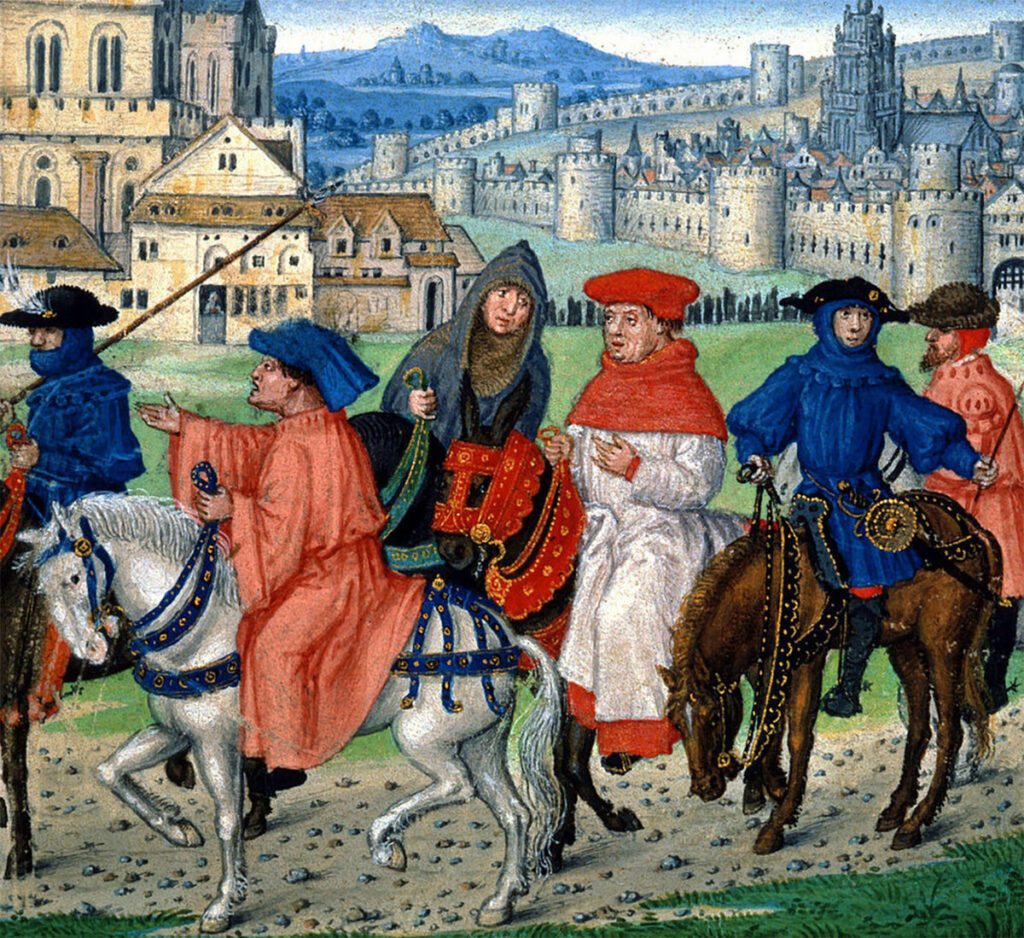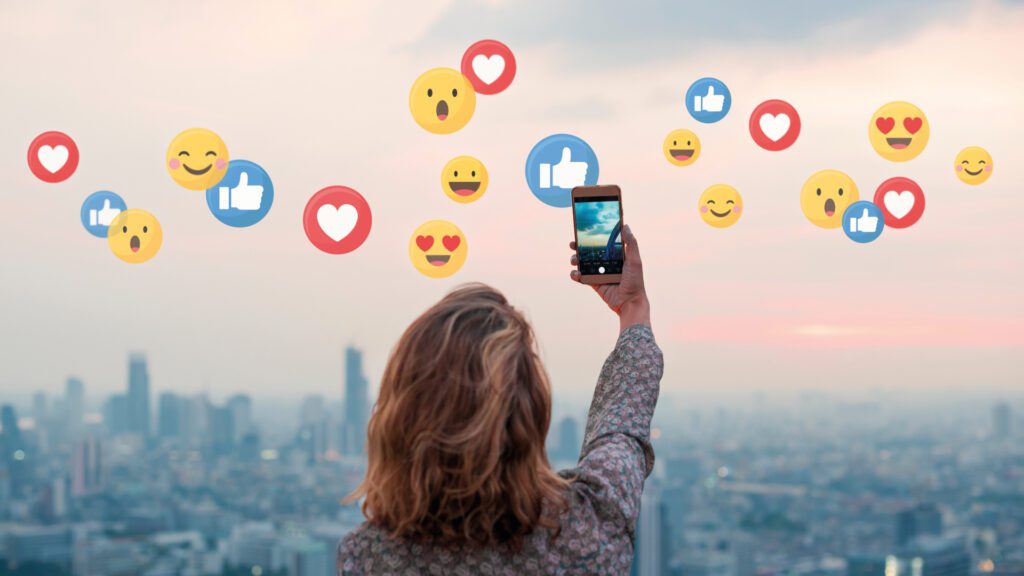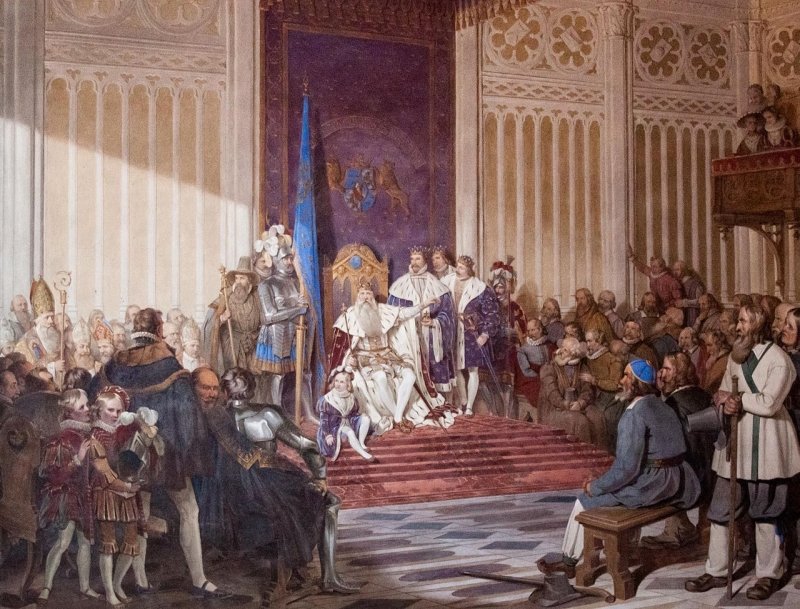
What does it really mean to have power? Power is the measure of the degree of control you have over events, circumstances, and people to influence them and their actions. However, real power doesn’t depend on where you stand in the social hierarchy. You can learn and use many different types of power to influence people. These nine types of power will change your perspective on power. (Estimated reading time: 11 minutes)
“The key to successful leadership is influence, not authority.”
— Ken Blanchard
Power — it’s something that every person desires in some way or another. As social animals, we naturally construct a social hierarchy and place a higher value on those at the top. The animalistic impulse to gain power comes from the need for control, respect, and authority.
But what does it really mean to have power? Power is the measure of the degree of control you have over events, circumstances, and people to influence them and their actions. There are many different types of power and different ways to obtain it.
People often assume, incorrectly, that power comes from “outside in.” This speaks to a belief that powers are vested in someone else through a position or title that grants us supremacy over people or systems for their benefit or others.
However, I view power differently. It doesn’t matter where you stand in the pecking order of life — power is available to everyone and comes from the “inside out.” We gain strength by cultivating ourselves: by making good decisions, developing a growth mindset, and taking strategic action.
Power is also a skillset that nurtures a thorough understanding of human nature — of what truly motivates and concerns us. Knowing this can help tailor our approach and offerings to meet the human need for protection and advancement.
Real power is using influence to provide support and serve others. Knowing the different types of power and applying them creates the type of influence that uplifts and benefits others – the highest form of leadership.
Power in the past vs. power today

Unlike today, power in the past was one-dimensional. It was determined by the amount of wealth you had and your place in the social hierarchy. It didn’t matter whether you were ambitious, good-natured, or if you possessed exemplary people skills. You were bound by the circumstances you were born into, and there was little to no chance of you climbing out of it.
For instance, in Middle Age Europe, spanning from the 5th to the 16th centuries, social classes determined how much power you had. The classes broadly included upper, middle, and lower classes. An additional system called feudalism, defined by land ownership, was also used to measure status.
The medieval class system included monarchs (royalty), clergy, nobility, and knights at the top tier. This was followed up by a middle-class made up of merchants, doctors, and lower church management. At the bottom were lower class groups like peasants and serfs.
Remnants of this archaic social structure still exist today. We use general terms like “upper,” “lower,” “working,” and “middle” to describe class, but these labels don’t block us from climbing the social ladder. Now, people base their identity on their profession, wealth, education, culture, heritage, behavior, and prestige, and less on their social class.
Our subjective outlook on who we are, and our capabilities matter more. Our sense of self is more important than the power vested in us by others because how we see ourselves has real consequences for our futures.
We’ve seen this play out in the rags-to-riches stories of inspirational figures like Oprah Winfrey, J.K. Rowling, Jay-Z, and countless others. Many of them came from impoverished backgrounds and broken homes.
If they didn’t see themselves as worthy and powerful from within, they could never have enjoyed the wealth and prosperity they have today.
Their stories prove that power in the modern world is self-determined. When we tap into our unique types of power and channel it constructively, the world becomes our oyster.
Why influence holds more weight than power

When you think about your favorite teacher, boss, or supervisor, what qualities did they have that made you like them so much? Chances are that they were effective influencers. Rather than telling you what to do, they modeled the right way to do things and made you understand its importance. Because you liked and respected them, you followed the example they set.
While power and influence come with authority, they differ in how people respond to them. While power can get people to change and comply, it’s often done through fear and obligation.
Influence, on the other hand, is based on the art of persuasion. It uses encouraging language, setting examples, and subtle behavior to bring about desired outcomes.
Nowhere is the effectiveness of influence more apparent than the rise of influencer culture in social media. In a world where most people’s lives are dominated by Facebook, Instagram, and Tik Tok, influencers have become the new royalty based on the prestige and commercial success that they hold.
The power of influencers is rooted in the trust and adulation of their followers. Unlike authority figures, people have chosen to be part of their tribe. That’s why influencers can sway opinions, shape views, and be persuasive.
We can become influential in our own rights by understanding these key differences between power and influence:
1. Power is forced while influence is voluntary (people don’t feel pressured to do things).
2. Power is relayed through a one-way dialogue while influence fosters conversation.
3. Power gains obedience and compliance while influence wins loyalty and trust.
4. Power is held by one person or entity while influence involves other people.
To be the kind of person who inspires people, you need to focus more on influence and less on power. While we need some measure of power to ensure order and decorum, influence will make others feel relaxed and confident in your ability to lead.
The four theories of power
Even with the rise of influencers and their effective ways to yield power, traditional power structures are still present in all social, business, and political systems. However, distribution varies from society to society. Several sociologists have developed theories to explain the possession and distribution of a given entity.
These are the four most popular theories of power:
1. Class theory of power
The class theory holds that power is possessed by a specific class of privileged people in a society. It was proposed by Karl Marx, who said that every community consists of two classes: the rich (“haves”) and the poor (“have nots”). According to Marx, the rich are the dominant class that use their power to dominate the economy and, in some cases, exploit the poor.
2. Elite theory of power
The elite theory states that in every society, power is held by a small group of people who are the center of power and make all major decisions. This ruling elite represents a minority. Even in democracies, the power lies in the hands of elected elites or political leaders chosen by society.
3. Pluralist theory of power
Pluralists believe power is not monopolized by the state or a single class or group. Instead, they argue that power is distributed among many different groups, with each group representing various interests. They share the authority to influence and determine decisions within a society or government.
4. Gender theory of power
Gender theory states that power distribution in a society is based on gender, with men holding considerably more power than women. The concentration of power in the hands of a group of men has held true for centuries. Now, it’s gradually being replaced by a system focusing on political, social, and economic equality across all genders.
9 types of power to influence people
Social psychologists have identified different types of power we can have in our personal and professional lives. The most notable source is from a study by John French and Bertram Raven in 1959, which identified the bases of social power.
When applying these types of power in your own life, it’s important to remember that not all types of power are created equal. You must use a power style that is most effective on the people you want to influence.
Positional Power Sources

1. Legitimate power: The authority granted to someone because of their position in a group
You gain formal power when you have a specific position in a group or organization that allows you to make decisions and control others. The authority was given to you by others and will last as long as you remain in the role. When you lose the title, your legitimate power goes away because people were influenced by your authority rather than you. A CEO, military sergeant, president, prime minister, police officer, and religious minister have legitimate power.
2. Informational power: The ability to provide relevant and needed information
This type of power has become increasingly important in our information economy. Having information and access to it can increase your value within a group of people who need it during a particular time. You can use this information to help others, or you can use it against them (spies are a good example of this). Access to confidential reports or insider information about particular events, phenomena, or people can give you informational power. However, you lose your authority and credibility once you release the information or can’t continue to dispense it.
3. Reward power: The ability to reward others for doing a desired task
You have reward power when you can give out rewards and benefits. This can range from promotions and raises to compliments and gifts. When people know that you have this power, they are motivated to carry out tasks, achieve results, or do things that get your approval. With this type of power, it’s essential to understand what will incentivize people. It could be tangible rewards like monetary benefits, perks, or objects. They might even prefer intangible rewards like words of praise and gestures of affection.
4. Coercive power: The ability to punish if expectations are unmet
Coercive power is when punishment and threats are used to force people to do your will. It’s a dysfunctional form of power that’s abusive and disrespectful. Even though it causes resentment and dissatisfaction among those receiving it, it’s common in all settings. A classic example of this is bullying at school and threats to demote, fire, and deny privileges in the workplace. No matter how high your leadership position is, using coercive power to induce fear and compliance will never win you loyalty and respect from others.
5. Connection power: The power from having connections with influential figures
The phrase, “It’s not what you know, it’s who you know,” characterizes connection power. This power comes from having connections to influential, powerful, and famous people who can help you attain certain goals. Your association with these people might also elevate your status in your social circles and boost your credibility. To increase connection power, it’s vital to have solid networking skills and a willingness to be a resource to people without having any expectations.
Personal Power Sources

6. Expert power: The power of having specialized knowledge or skills in demand
Expert power comes from having extensive experience, top-level skills, and technical knowledge in your area of specialization. Everyone will naturally come to you for input when you’re the go-to expert on a subject. You’ll also attract opportunities where your expertise is valued. You can use your expert power to steer a group on a positive growth trajectory and be the voice of reason in times of confusion and chaos. You don’t need an MBA or a Ph.D. to gain credibility. You simply need to know more about a topic than the average person.
7. Referent power: The power to inspire trust and gain admiration from others
Those with referent power have developed amicable connections, making them likable, trusted, and respected by others. This type of power makes a person highly influential because it comes from internal values such as integrity, honesty, and empathy for others, not outside forces.
Charismatic and beloved leaders like Nelson Mandela and Abraham Lincoln are examples of people who exuded this form of power. However, another type of referent power is gained through fame and image. Celebrities, politicians, and movie stars have a massive following because their followers identify with them and what they stand for.
8. Charismatic Power: The power to influence others because of you charm and favorable disposition
Charisma is that magic ingredient that can instantly boost your power. A person with charismatic charm may or may not have actual authority, but they have warmth and an ability to engage others with their stories and life examples. It’s important to note that a person with charismatic power does not always come from a good place. Narcissistic and manipulative individuals like dictators, cult leaders, and social climbers may have high charismatic power, but they use it to exploit those who have placed their trust in them.
9. Moral Power: The power to set an example based on your morals, values, and character
Moral power is possessed by a strongly principled person who holds themselves to a higher standard. They inspire action in others by demonstrating elevated values and beliefs (fairness, kindness, community, service, self-respect) that others find aspirational. People with high moral power walk their talk and maintain a high level of integrity in everything they do and say. Others view them as role models who can show them how to become better human beings. Moral power is common in religious and charitable institutions where a person’s character plays a key role in their influence over others.
How to use power and influence for good
Here are some tips on how to apply personal power positively and responsibly:
1. Evaluate a situation and use the right type and amount of power.
2. Don’t be egocentric or selfish, and know the limits of your power.
3. Identify the best strategies for using your power – leading by example, sharing knowledge, or neutralizing negativity.
4. Be consistent and reliable in how you use your power.
5. Have integrity and be honest in your dealings with others.
6. Use power to uplift not only you but those around you – think of the greater good and strive to make a positive impact from the use of your power.
No matter what type of power you use to influence people, know your intention behind it. Because ultimately, the outcome depends on intrinsic motivation. When we align our intentions with our experiences, we develop what spiritual leader Gary Zukav calls “authentic power,” a type of power you cannot lose, and no one can take from you.
All my best on your journey,
Seline

Question for you: Which types of power do you use to influence people? Which ones have you found to be the most effective?
Did you like this post? Sign up below, and I’ll send you more awesome posts like this every week.

It is really cool to think that we all have powers and skills and gifts that we can use to help improve the world and impact people around us for the better! I like this idea and other are actually several powers on here that feel familiar to me so you have given me food for thought for sure!
Influential power can be a good thing or a bad thing. It really is a case of the spider-man viewpoint. With great power comes great responsibility. These are the people who can so dramatically impact people and events!
This is really an interesting way to put it, and I agree! The more influence you have the moire weight of responsibility you carry. Many people can handle the actual task involved with their power but it’s the responsibility and dealing with the consequences that many people fall short on!